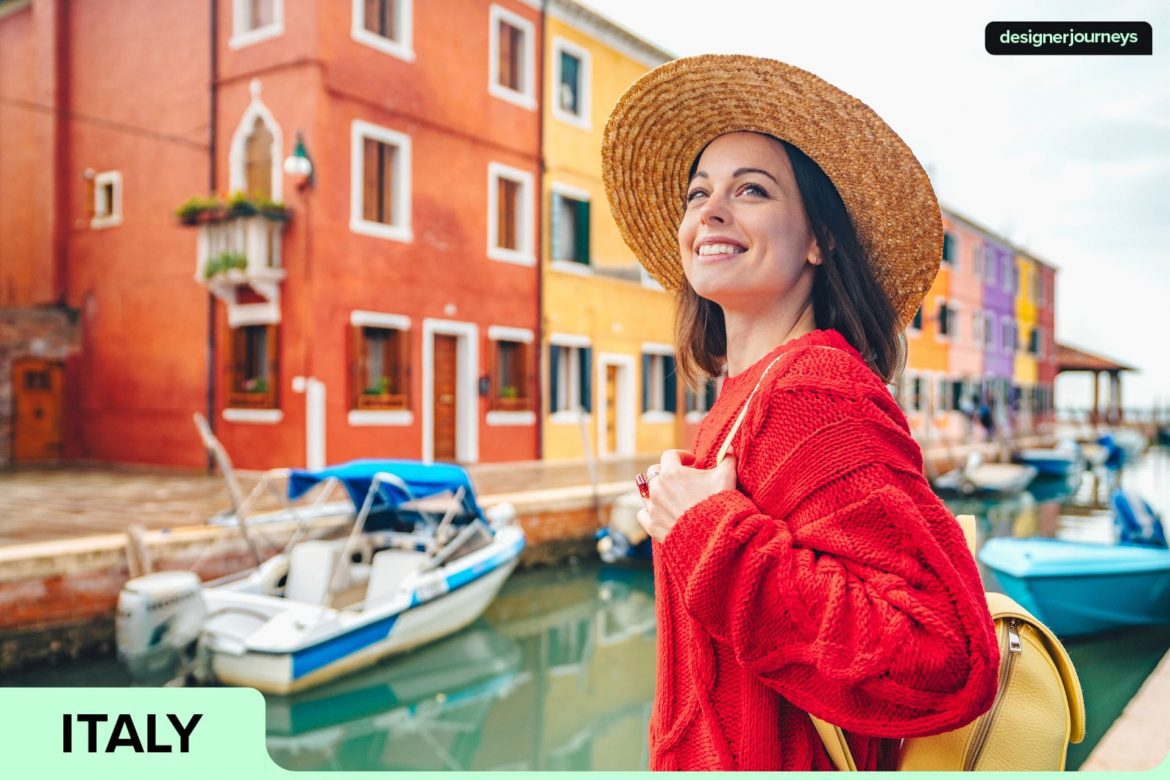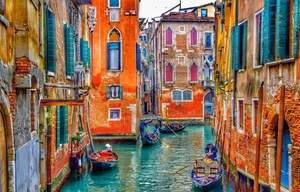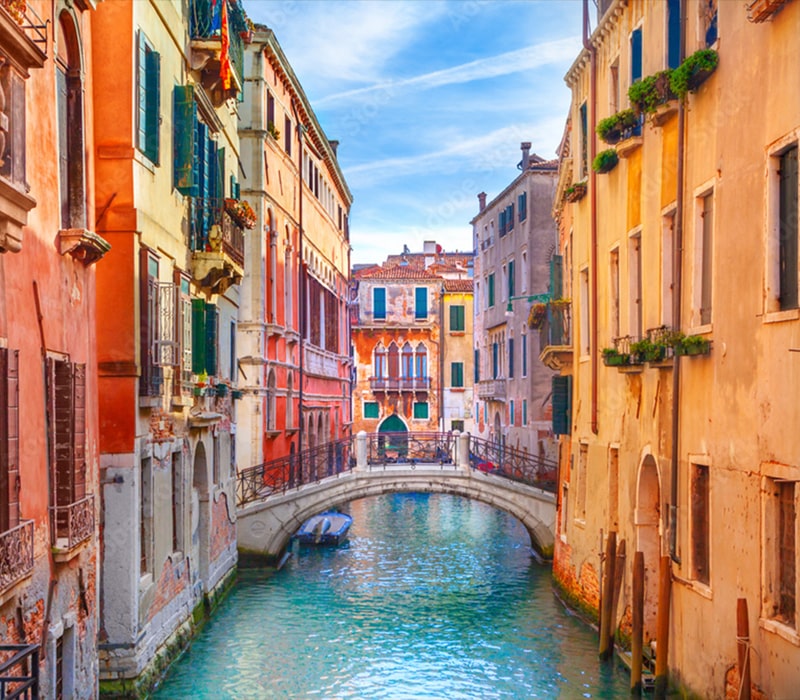Venice stands as one of Europe’s most enchanting destinations—a floating city where centuries of history, artistry, and human connection unfold across shimmering canals. Whether you’re planning your first trip to Venice or returning to deepen your connection with this extraordinary place, this guide is crafted to help you navigate Venice with confidence, uncovering all the sights that celebrate both iconic landmarks and intimate local treasures. Let’s dive in with Designer Journeys!
Post Contents
- Understanding the Floating City: Your Foundation of Trust
- Iconic Landmarks: Things to Do in Venice
- Life on the Water: Navigating Venice
- Venetian Art & Culture: Museums & Masterpieces
- Culinary Experiences & Local Flavours
- Hidden Gems & Local Charm
- Practical Travel Essentials
- F.A.Qs
- Create Your Own Venice Trip
Understanding the Floating City: Your Foundation of Trust
Before you leave Venice, you’ll have experienced something truly unique. Built on over 100 small islands connected by more than 400 bridges, this floating city operates without cars or traditional roads. This creates a liberating pace where you move through Venice on foot and by water, discovering unexpected corners and forming genuine connections with locals. The key to a seamless experience is knowing where to look and moving with intention.
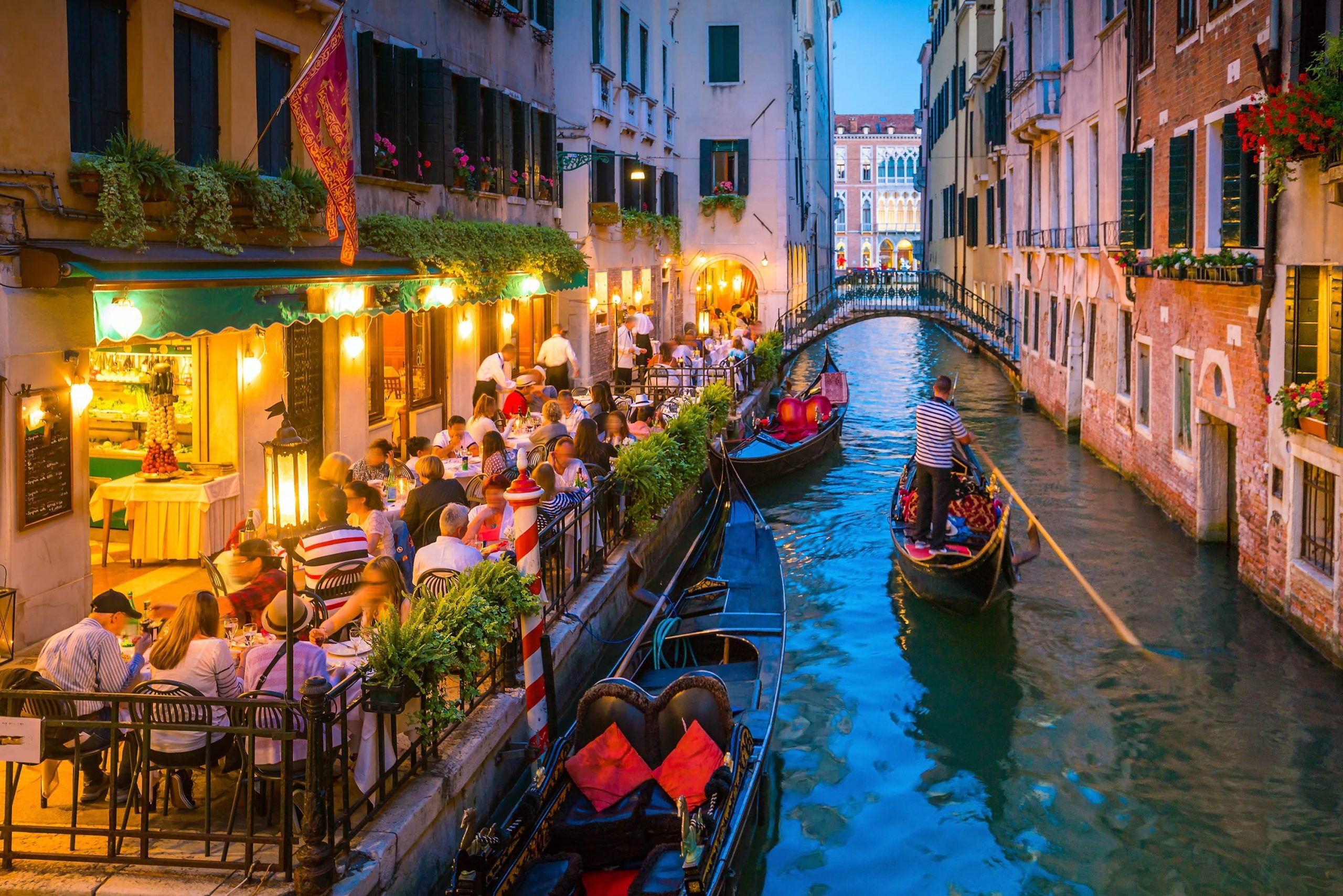
Venice is famed for its romantic atmosphere and historic landmarks.
Venice sits in the Venetian Lagoon, where the Adriatic Sea shapes the landscape. Understanding this unique geography helps you appreciate why the Venetian Republic became such a powerful maritime force. Today, this same setting creates an amazing view around every corner. If you’re a huge fan of maritime history, architecture, or simply breathtaking vistas, Venice delivers on every level.
Iconic Landmarks: Things to Do in Venice
St Mark’s Square & St. Mark’s Basilica
St Mark’s Square (Piazza San Marco) is Venice’s undisputed centre, where political, religious, and cultural power converged for over a thousand years under the Venetian Republic. The square is surrounded by elegant arcaded buildings housing luxury boutiques and historic cafés.
Visit early (before 8 AM) or late afternoon for quieter moments and magical light. Most tourists arrive mid-morning, so strategically timing your visit pays dividends—budget 2-3 hours to fully absorb the atmosphere.
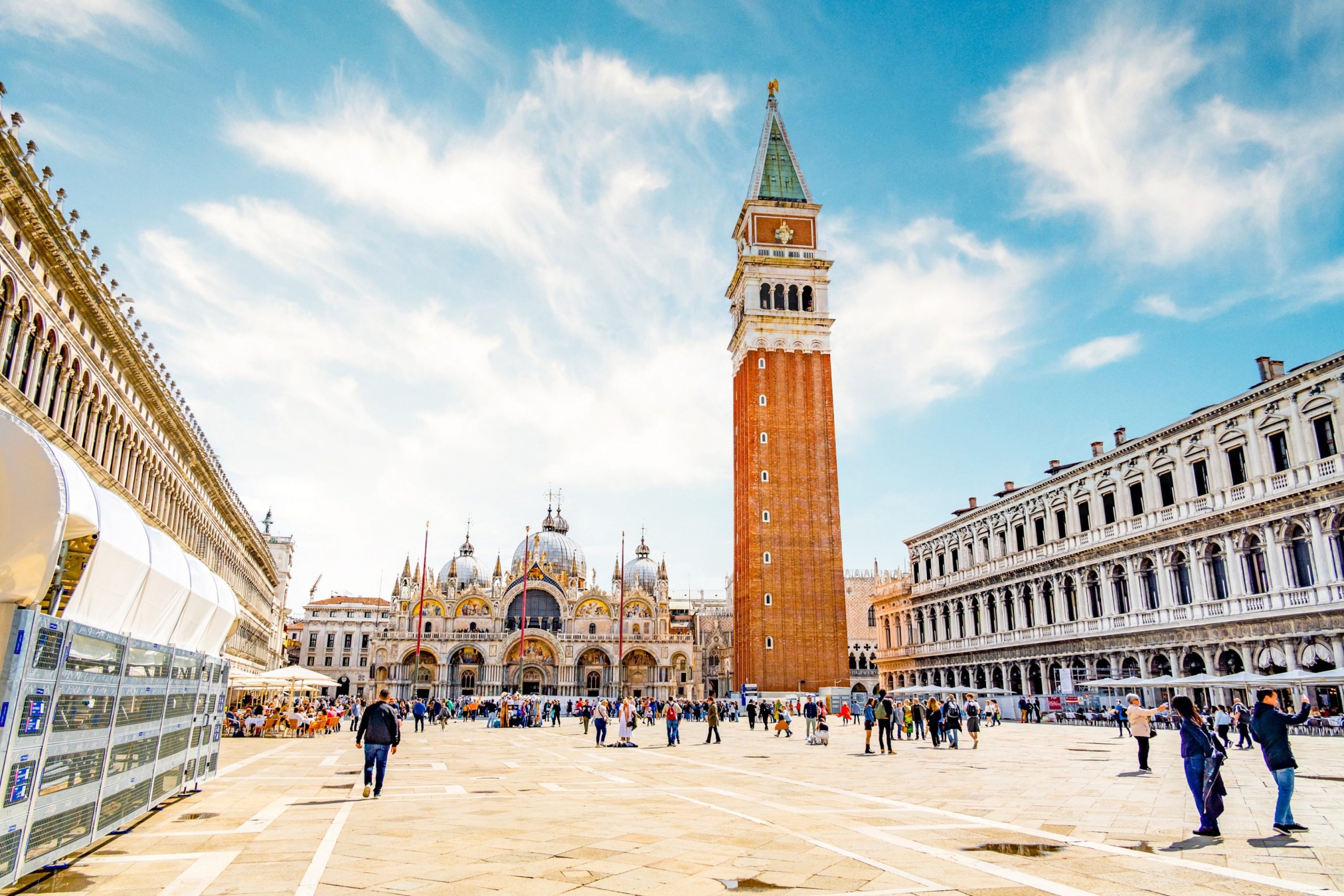
It is attributed to Napoleon, who supposedly called it the drawing room of Europe.
The Basilica di San Marco blends Byzantine, Islamic, and Italian influences into a stunning expression of Venetian wealth and spiritual devotion. Golden mosaics cover interior surfaces, created over centuries with extraordinary craftsmanship. Saint Mark’s final resting place within Saint Mark’s Basilica makes this one of Christianity’s most significant pilgrimage sites. Whether you’re a huge fan of religious history, Renaissance art, or architectural innovation, the basilica’s spiritual and artistic significance resonates deeply. The golden mosaics that adorn Mark’s Basilica tell biblical stories through thousands of individual pieces, each contributing to the overwhelming visual and spiritual impact.
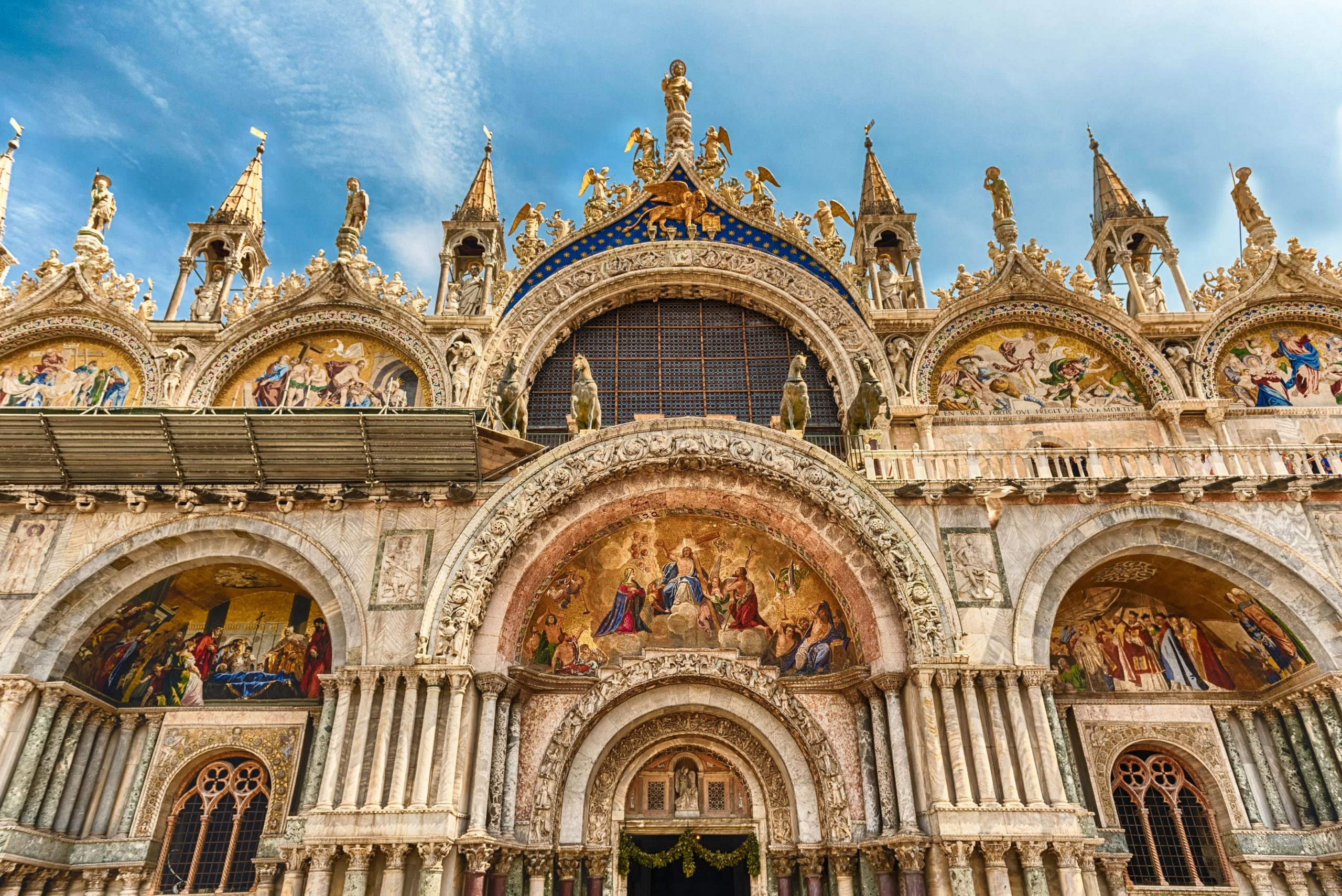
It lies adjacent and is connected to the Doge’s Palace.
Expert Guidance: Book tickets online in advance, this is essential during peak tourist season. Plan your visit mid-morning when sunlight streams through windows at optimal angles, illuminating the golden mosaics spectacularly. Wear respectful clothing; shoulders and knees should be covered. Many pilgrims specifically seek out the area marking Saint Mark’s final resting place as a significant experience. The Pala d’Oro (Golden Altarpiece) behind the altar contains over 250 precious stones and is worth a separate visit.
The Bell Tower & Mark’s Campanile
The Campanile di San Marco (Bell Tower) rises 98.6 meters above St Mark’s Square, offering a 360-degree panoramic view of Venice, the Venetian Lagoon, nearby islands, and the Adriatic Sea. A modern elevator makes it accessible to all fitness levels—a thoughtful luxury amenity.
Visit at sunset for spectacular photography or sunrise for the clearest visibility. The golden hour light creates an amazing view with water and architecture in perfect dialogue. Budget 30-45 minutes total; arrive early (7:30 AM) during peak tourist season or book timed-entry tickets through Google Maps or official websites.
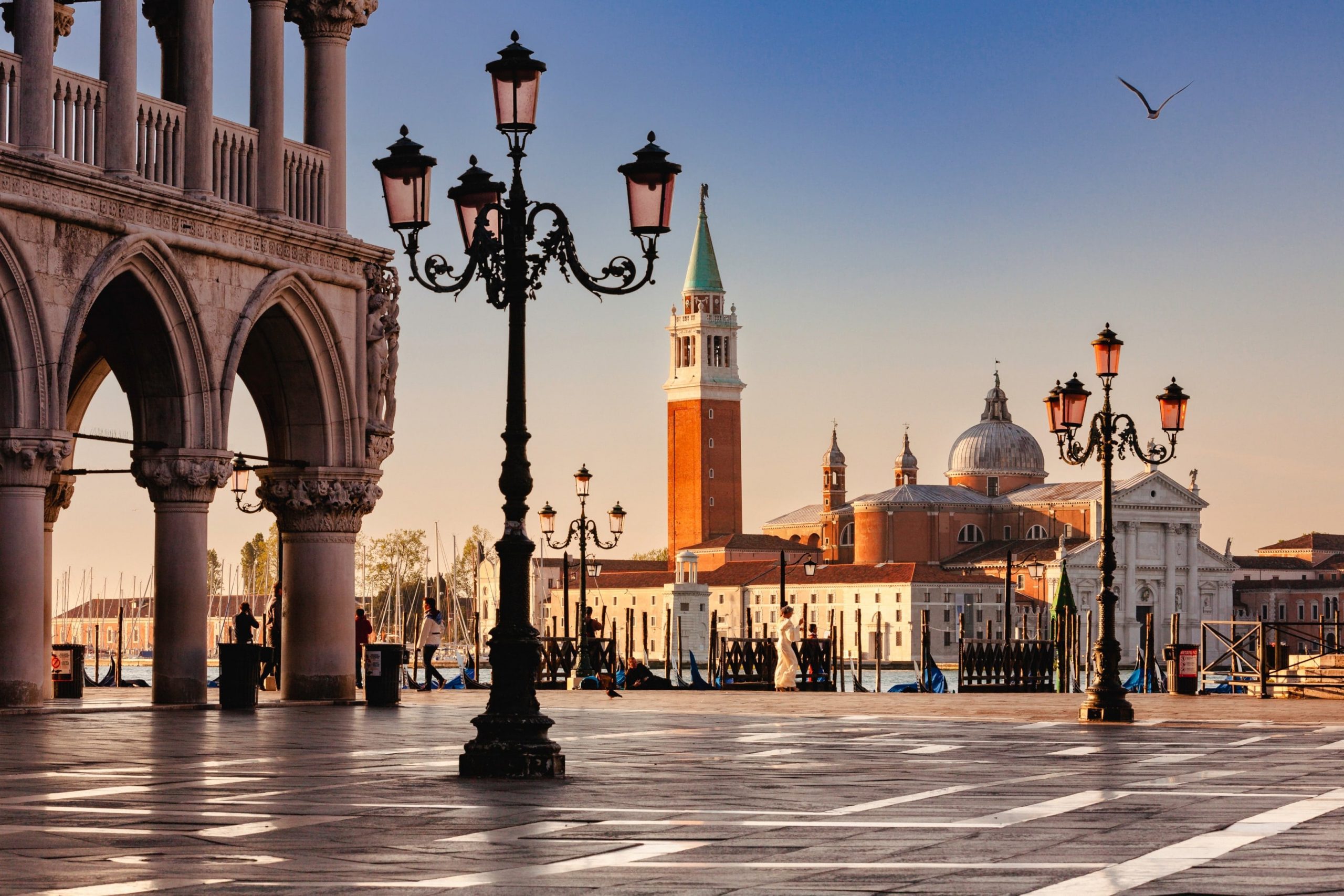
It is a celebrated masterpiece of Italian Gothic architecture.
Unlike the famous leaning bell tower found in Pisa, Mark’s Campanile stands perfectly upright—a testament to Venetian engineering and architectural precision. If you’re a huge fan of panoramic cityscapes and architectural marvels, this is an essential experience. The views from Mark’s Campanile reveal the true scale of the floating city and the surrounding lagoon. From this vantage point, you can see across the Adriatic Sea toward the distant mainland. The bell tower serves as an orientation point, helping you understand Venice’s geography and relationship to the surrounding water. Compare the leaning bell tower of other Italian cities to appreciate the engineering achievement here—Mark’s Campanile has stood straight and true for centuries.
The Rialto Bridge & Grand Canal Markets
The Ponte di Rialto (Rialto Bridge) is Venice’s most iconic crossing—a stunning marble arch built in the 16th century. Walking across it, you literally tread where merchants have traded for five hundred years. The bridge spans the Grand Canal, Venice’s main thoroughfare.
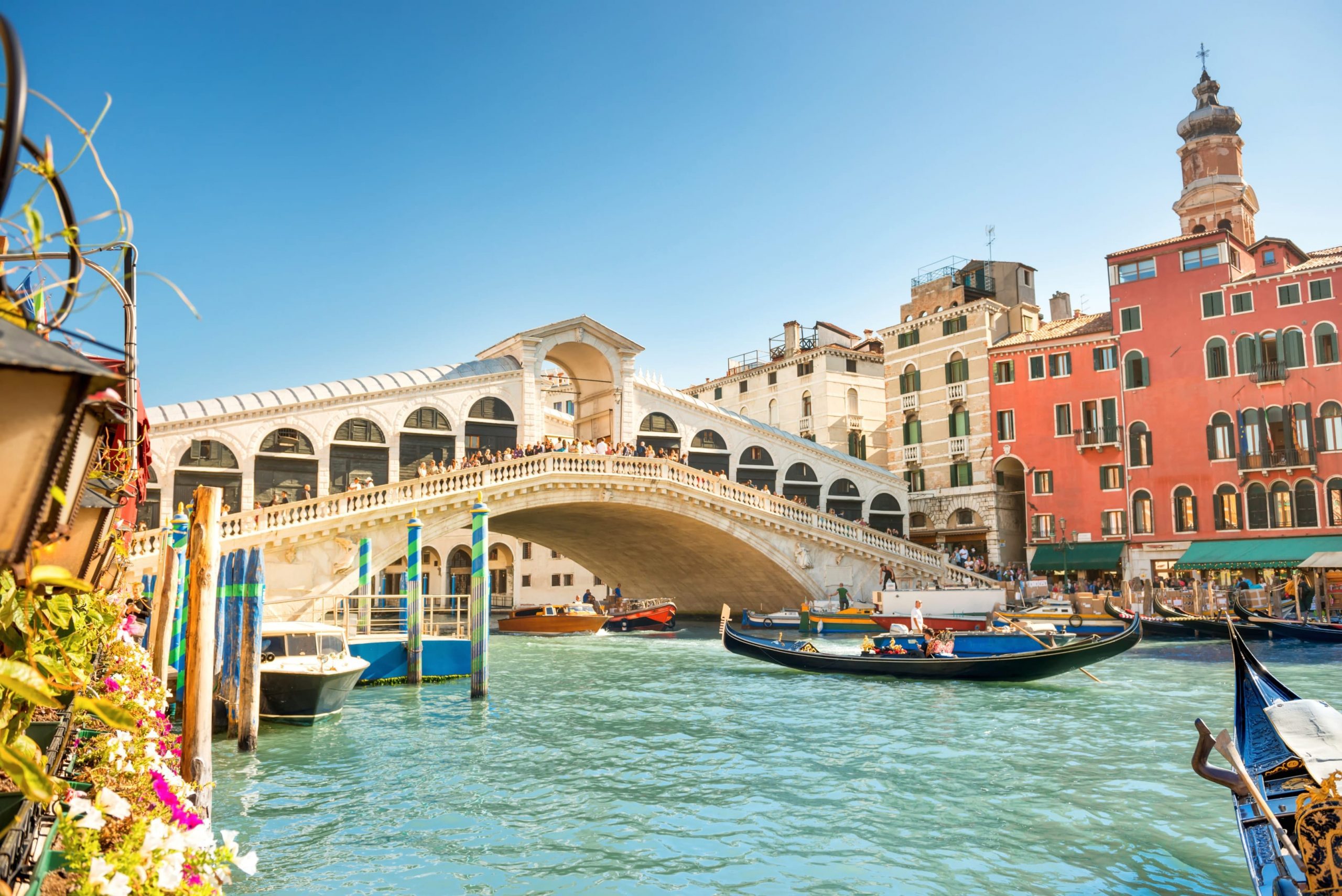
It connects the sestieri (districts) of San Marco and San Polo in Venice.
While most tourists experience the bridge during crowded hours, arriving early (6-7 AM) rewards you with an authentic atmosphere. The surrounding Rialto Market showcases the Venetian Lagoon’s bounty, fresh fish, fresh seafood, produce, and local specialities. Watch local restaurants and residences sourcing ingredients. This is where you see Venice functioning as a living, working city rather than a tourist trap.
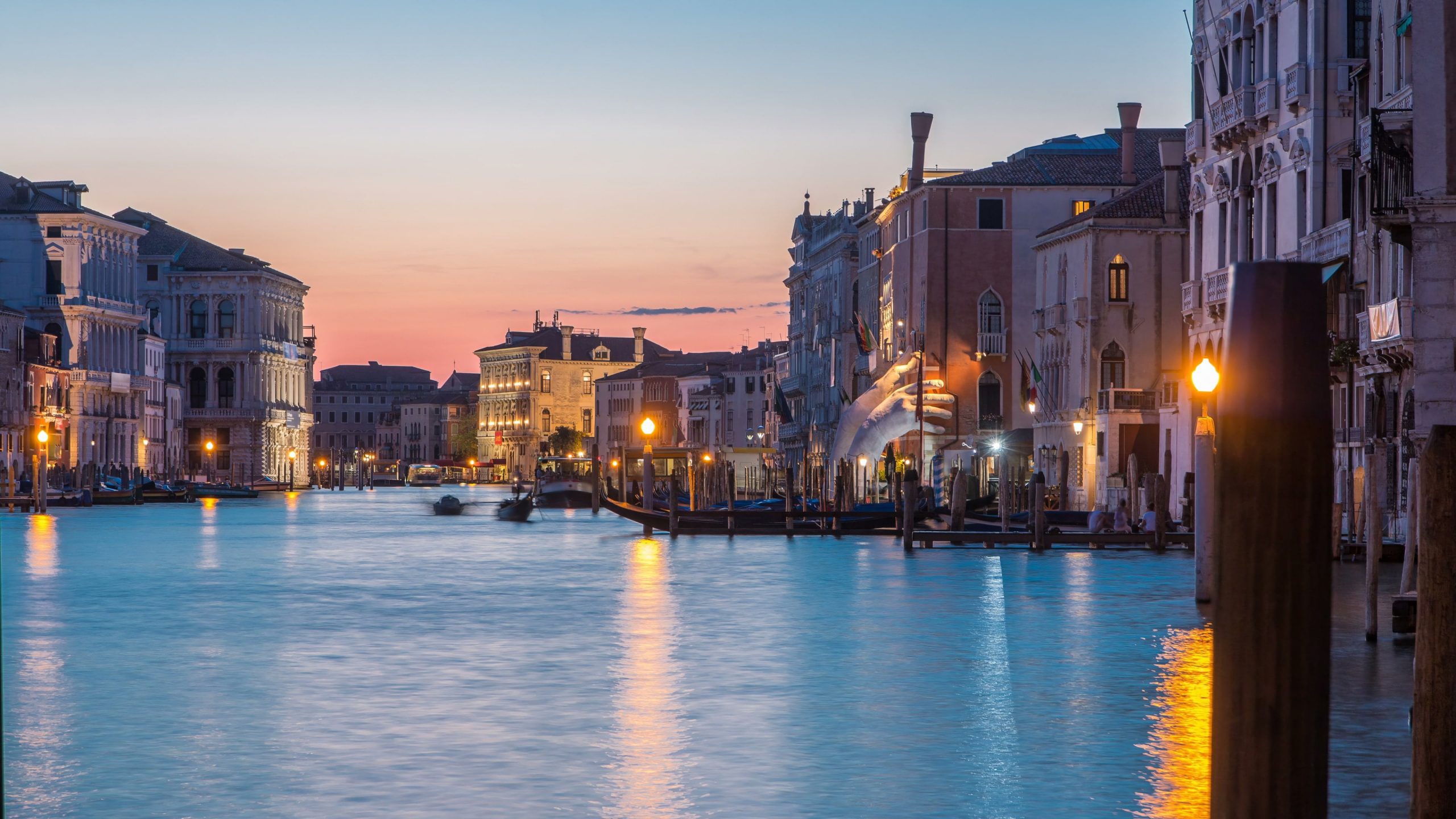
The market remains an authentic, lively center where locals, chefs, and visitors shop daily.
Strategic Timing: Avoid peak hours (10 AM-3 PM) when cruise passengers flood the area. Visiting during shoulder season (April-May, September-October) or winter months dramatically improves the experience and helps you discover authentic hidden gems. The fish market at the Rialto is particularly vibrant early morning, filled with vendors, chefs, and locals going about their daily commerce.
The Doge’s Palace & Bridge of Sighs
The Palazzo Ducale (Doge’s Palace) represents political power under the Venetian Republic. The Doge—the elected leader, governed from this magnificent Gothic building for nearly a thousand years. Grand halls contain enormous historical paintings by Venetian masters. Government offices once operated from these halls, making this structure the administrative heart of one of history’s most powerful maritime republics.
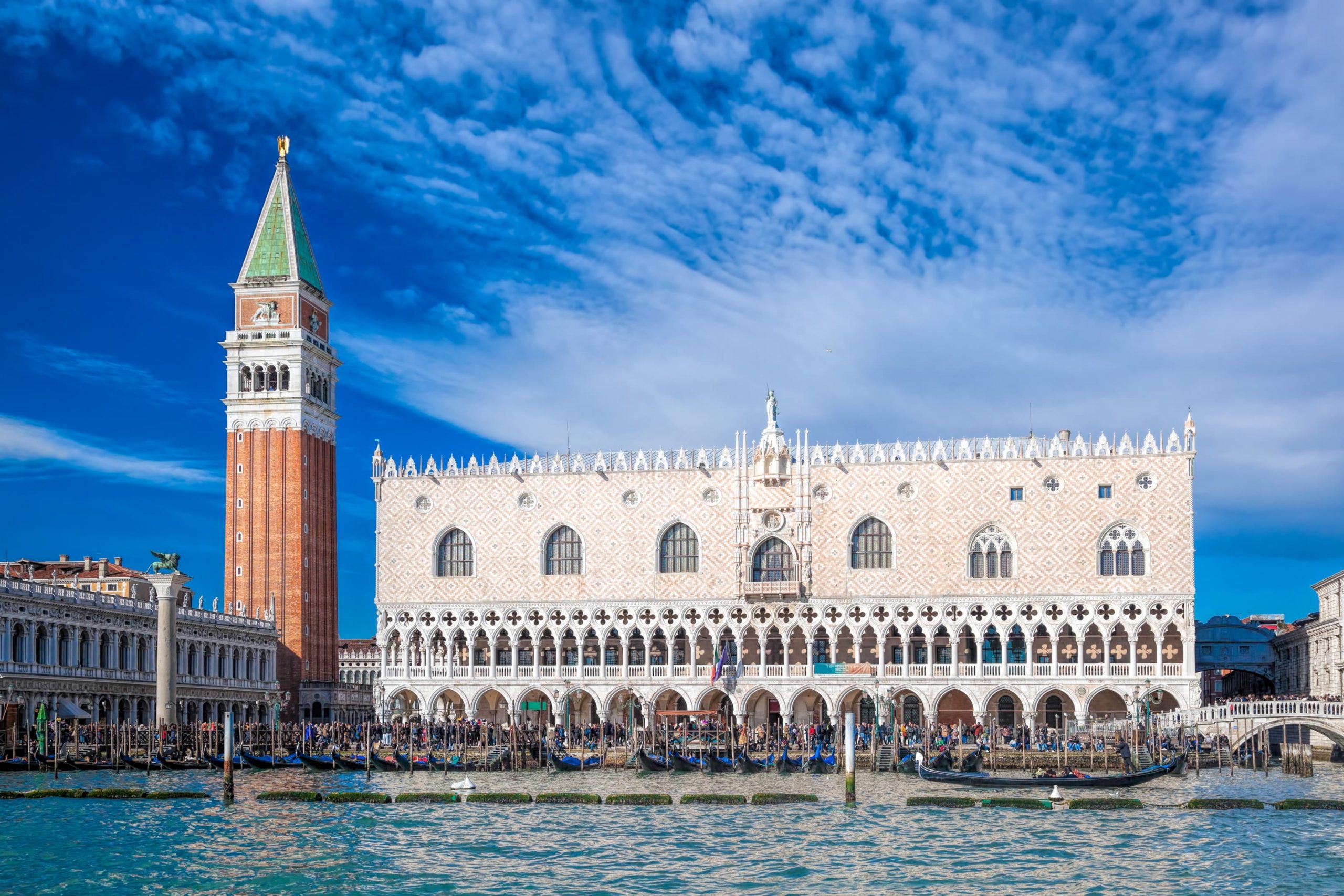
The current structure is composed of three blocks, with the wing facing St. Mark’s Basin.
The Ponte dei Sospiri (Bridge of Sighs) is an enclosed passageway connecting the palace to the prison. This short walk across the famous bridge was the final journey for convicted officials facing their fates. The bridge’s name derives from the sighs of prisoners, though some suggest it references sighs of admiration for the views. Crossing this historic bridge connects you directly to centuries of Venetian justice and history.
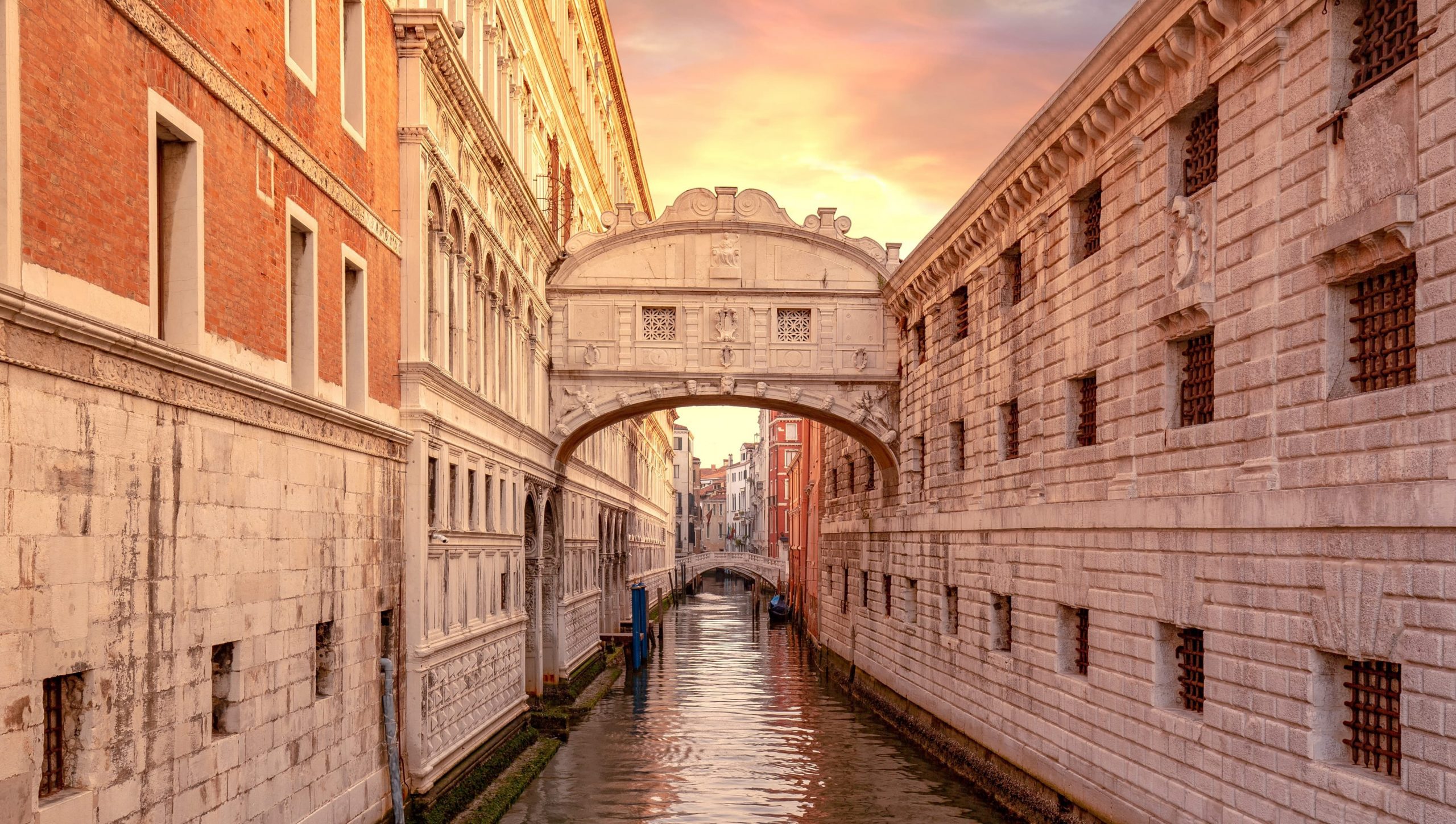
It is an enclosed bridge made of white limestone that passes over the Rio di Palazzo canal.
Recommendation: Book a guided tour with an art historian for deeper context and stories. These walking tours typically run 90 minutes and provide curated insights into Venetian government, artistic movements, and historical figures. Private guided tours offer more flexibility than group experiences. The bridge of sighs experience becomes particularly meaningful when you understand the political machinations and personal tragedies that unfolded within these walls.
Vaporetto: Experiencing the Grand Canal
Taking a vaporetto (water bus) down the Grand Canal is essential and economical. You’ll pass historic buildings, palazzi that once housed merchant families, now converted to luxury hotels, apartments, or museums. The morning light on these facades is particularly inspiring. The Grand Canal curves through the heart of Venice, revealing layer upon layer of architectural history.

It is the major form of public transportation in the city, using the canals as its routes.
Practical Support: Purchase a 24, 48, or 72-hour vaporetto pass for unlimited water bus access—significantly more economical than individual tickets. Main vaporetto lines (1, 2, and 4.1) traverse the Grand Canal. Visit during off-peak hours (mid-afternoon) or winter months for more relaxed experiences and amazing views without overwhelming crowds. The vaporetto stop at San Zaccaria is particularly central for accessing St Mark’s Square and surrounding attractions.
Gondola Rides: Worth the Extra Cost?
Gondola rides are expensive (typically €80 for 30 minutes, €160 for one hour), and most tourists question whether they’re worth the extra cost. The honest answer: it depends on your priorities. A gondola isn’t the most efficient navigation method for getting around, but it offers what vaporettos cannot—an intimate, personalised experience through tiny waterways and hidden areas.
Expert Recommendation: A gondola ride is worthwhile if you prioritise experience over efficiency, want to explore less-trafficked canals, seek romantic moments, or desire a knowledgeable local to share stories and history. Negotiate routes and prices before boarding, book through your hotel concierge for authentication, and choose late afternoon or early evening when light is golden and crowds thin. A gondolier can navigate you through the narrowest channels, revealing perspectives other tourists never experience.
San Giorgio Maggiore: The View Back
San Giorgio Maggiore is a small island just south of Piazza San Marco. The Church of San Giorgio Maggiore is a stunning Renaissance masterpiece by Andrea Palladio. The island’s exceptional feature is the amazing view back toward Venice—the basilica dome, bell tower, and layered roofscape visible in full glory.
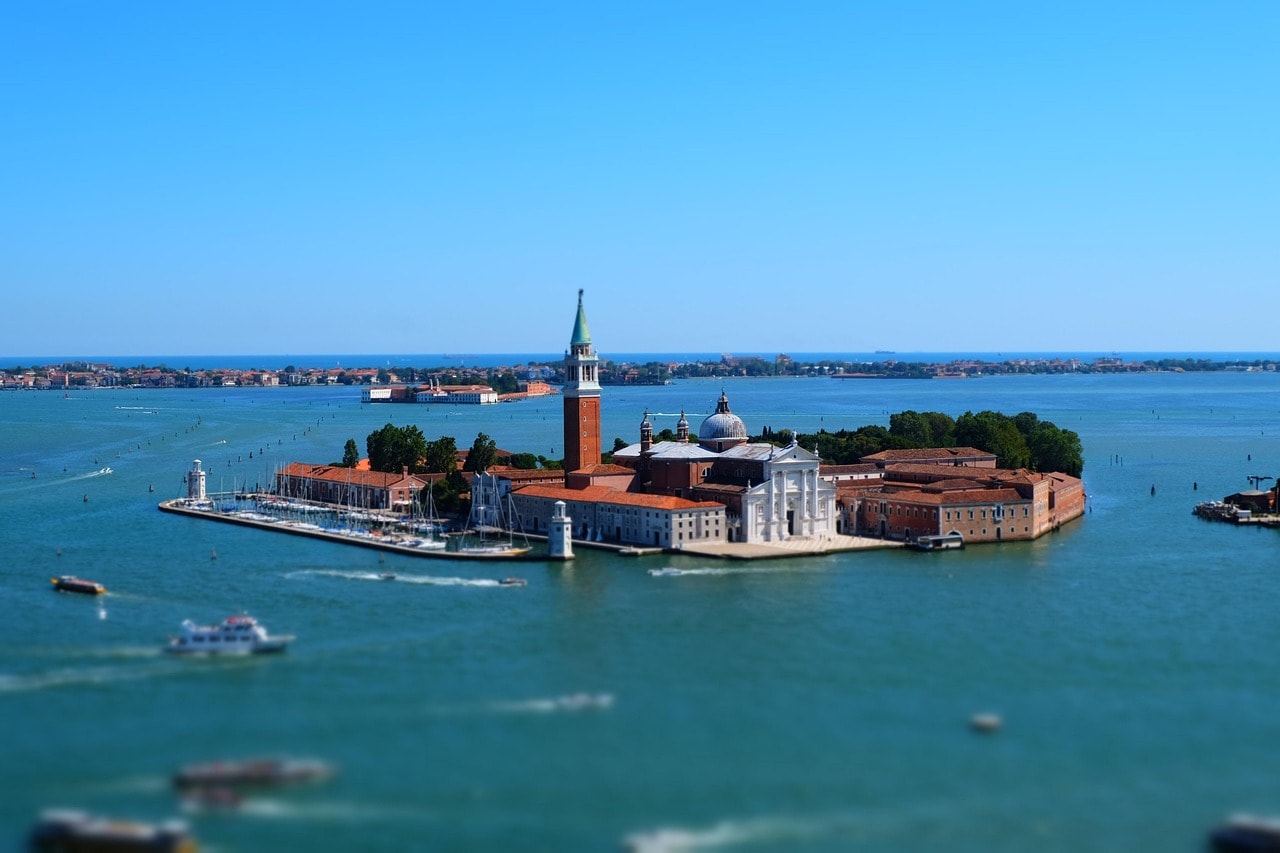
The church is known for its brilliant white marble facade in the classical Renaissance style.
From this vantage point, you gain perspective on Venice’s scale and beauty that’s impossible to achieve from within the city. The contrast between the bustling crowds of central Venice and the quiet contemplation of this tiny island creates a rejuvenating balance in your own trip. If you’re a huge fan of architectural achievement and Renaissance design, Palladio’s church here is a masterclass in spatial harmony.
Seamless Planning: Water taxi costs approximately €15-20 per person (5 minutes), or take Vaporetto line 8 from the San Zaccaria Vaporetto stop. Budget 1.5-2 hours for exploring. Climbing the bell tower offers additional amazing views of the city and the surrounding lagoon.
Day Trip Options: Murano & Burano
Murano – Island of Glass: Murano has been the centre of Venetian glass-making for over six hundred years, evolving into an extraordinary art form. Today, you can observe artisans at work—a mesmerising process where molten glass transforms into delicate vessels. The modern art museum showcases historical pieces spanning centuries. Seek small, family-owned studios rather than mass-produced tourist traps for authentic, handcrafted pieces.

It is world-renowned for its long tradition of glassmaking.
Burano – Island of Lace-Making Traditions: Burano is Venice’s most colourful small island with houses painted in vivid hues. This visual exuberance reflects its identity as a lace-making centre. Learn about traditional lace-making techniques at galleries and museums. Exceptional restaurants serve fresh seafood in casual settings—a genuine local experience within day-trip distance. If you’re a huge fan of textile arts and traditional craftsmanship, Burano’s lace-making heritage provides fascinating cultural insight.

This artisanal craft is as famous as the island’s brightly colored houses.
Practical Guidance: Vaporetto lines connect Venice to both islands (30-40 minutes each). Plan 4-6 hours for either island or combine both. Avoid peak tourist season hours (10 AM-3 PM). Visiting in shoulder season or winter dramatically improves your experience and helps you appreciate authentic craft traditions without overwhelming crowds.
Venetian Art & Culture: Museums & Masterpieces
The Peggy Guggenheim Collection
The Peggy Guggenheim Collection represents one of Europe’s finest modern art museums, housed in Palazzo Venier dei Leoni. The modern art collection spans Cubism, Futurism, Surrealism, and Abstract Expressionism by artists like Picasso, Kandinsky, Dalí, and Pollock. What distinguishes this art museum is its intimate scale and thoughtful curation—every piece is carefully positioned within the space.
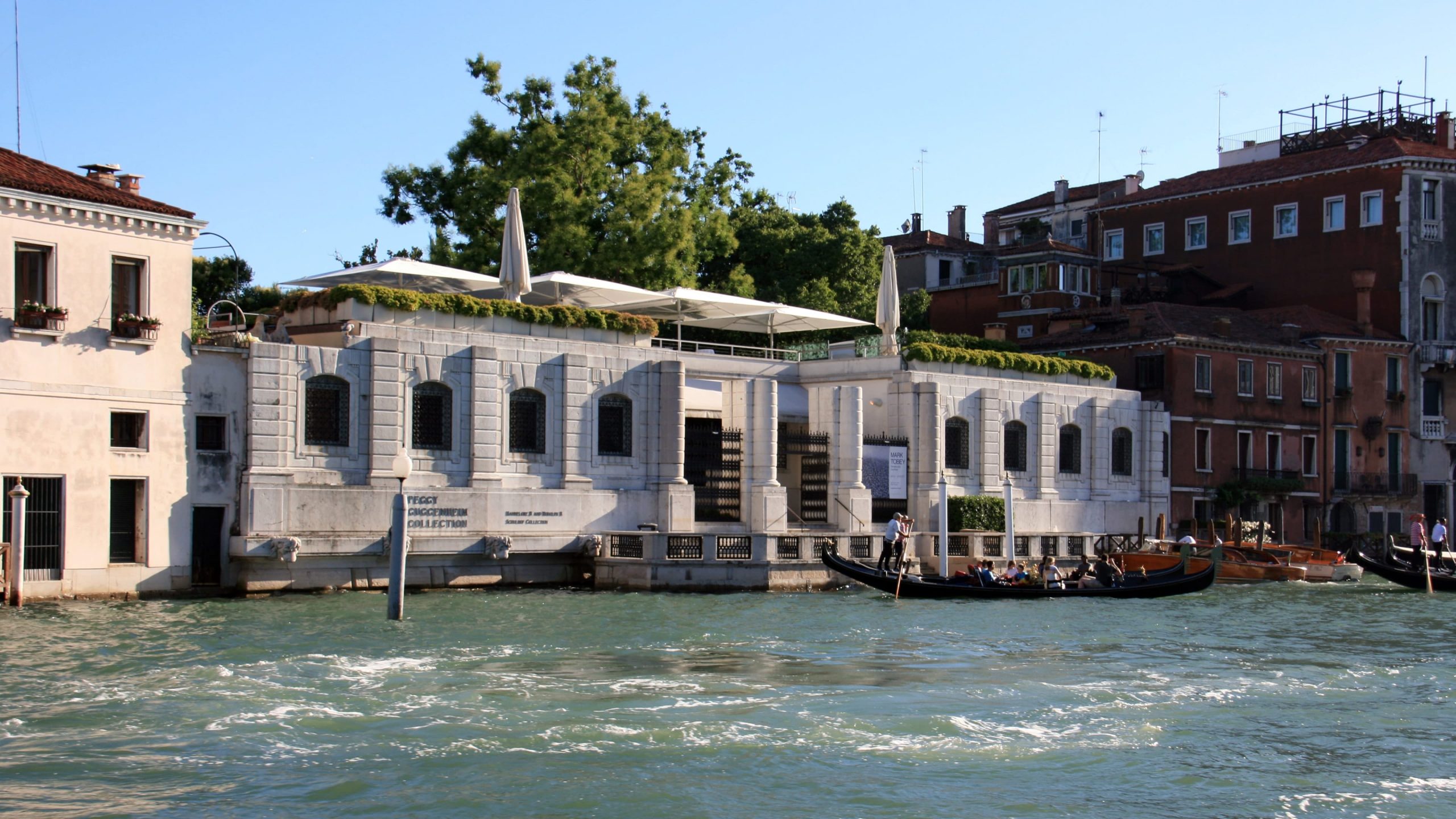
The exterior of a white palazzo building with a waterfront terrace, which houses the museum.
The sculpture garden overlooking the Grand Canal is a tranquil space where contemporary artworks dialogue with Venetian architecture. Book timed-entry tickets in advance; crowds remain manageable compared to other sights. Plan 2-3 hours for thorough engagement. Visiting with a guided tour significantly enhances understanding. If you’re a passionate fan of 20th-century avant-garde movements, this collection is an absolute must.
Hidden Gems: Palazzos, Nice Churches & Religious Art
Explore Palazzo museums beyond the main drag. The Franchetti Gallery (Ca’ d’Oro) showcases Italian art in a Gothic palace overlooking the Grand Canal. The Mocenigo Palace Museum preserves a noble family residence with original furnishings. The Querini-Stampalia Foundation houses exceptional art in a palace with a hidden garden. The Palazzo Contarini del Bovolo features a famous spiral staircase offering amazing views and architectural innovation.
Seek out nice churches beyond the famous basilica. Santa Maria della Salute stands at the southern tip of the Grand Canal—a stunning octagonal church with architectural significance and breathtaking presence that dominates the waterfront. This is one of the most photographed and spiritually significant churches in Venice, its white stone gleaming against the water.
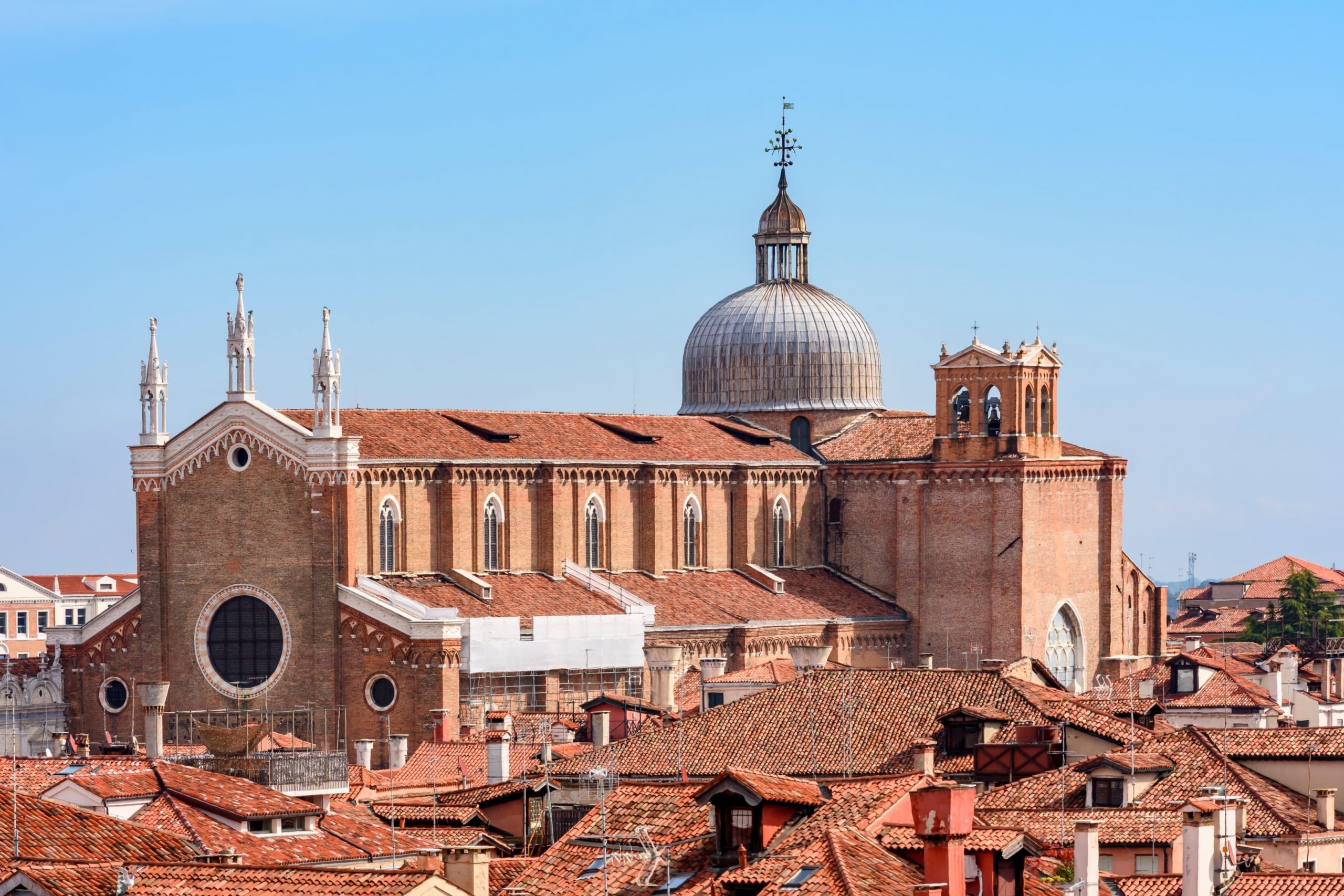
This is one of the largest and most impressive medieval religious buildings in Venice.
The Basilica dei Santi Giovanni e Paolo (commonly called Santi Giovanni e Paolo or SS. Giovanni e Paolo) is another magnificent church housing monumental artworks and serving as the final resting place for several Venetian Doges. If you’re interested in understanding the final resting place of Venice’s leaders and the artistic treasures within, this basilica is essential. The church rivals St. Mark’s Basilica in artistic importance while receiving fewer crowds from most tourists.
These smaller art museums and nice churches offer profound aesthetic experiences with fewer crowds than iconic landmarks, allowing you to experience Venetian artistic heritage at your own pace.
Culinary Experiences & Local Flavours
Authentic Venetian Food Scene
The food scene in Venice reflects its unique position, surrounded by water, with access to fresh seafood and fresh fish daily. Venetian cuisine emphasises seafood, rice, and vegetables prepared with understated elegance. The Venetian Lagoon provides ingredients that have shaped local culinary traditions for centuries.

Cicchetti (pronounced chi-KET-tee) are traditional small snacks or side dishes from Venice.
Cicchetti are Venetian small plates, typically enjoyed as appetisers at bars while standing. These bite-sized treasures include marinated sardines, baccalà (salted cod), meatballs, cheese, and seasonal vegetables. Enjoying cicchetti at local bars is an affordable and authentic experience. This casual dining style reflects how Venetians have traditionally eaten, stopping at bars throughout the day for small bites and wine.
Restaurant Guidance: Seek trattorias in residential districts, San Polo, San Croce, and Cannaregio, where locals dine rather than tourist-focused establishments on the main drag. Look for fresh fish and fresh seafood specials indicating daily sourcing. Reservations are essential at quality establishments. Ask your hotel concierge for recommendations beyond what guidebooks suggest. Many hidden gem restaurants serve extraordinary meals without the tourist trap atmosphere or pricing.
Discovering Quiet Corners & Canalside Cafés
Venice’s beauty intensifies in quiet moments—early mornings, late afternoons, and during quieter seasons. The northern districts of Cannaregio and San Polo contain quiet corners where locals gather and the pace feels authentically Venetian. These neighbourhoods reward explorers with hidden courtyards, small bridges, and genuine community life.
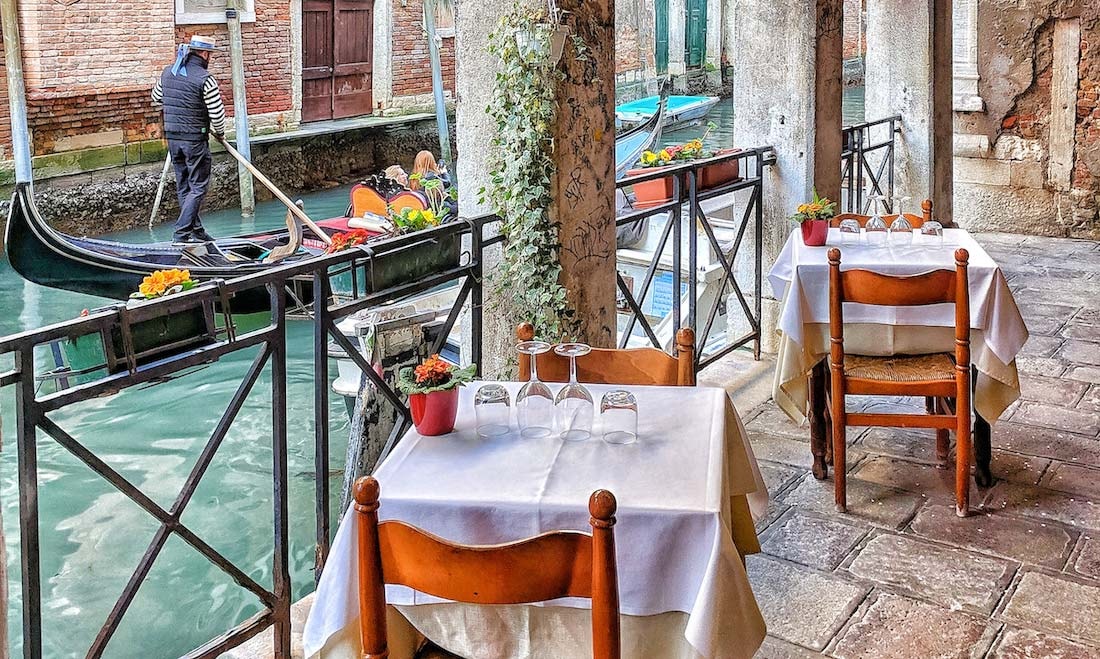
Caffè del Doge, known for its exceptional coffee and canal views near the Rialto Bridge.
Budget time for wandering. Sometimes the best moments happen in unexpected alleyways. Sit at canalside cafés with espresso or an aperitivo, watching water traffic and reflections. The Fondamenta delle Zattere offers numerous cafés with amazing views of the lagoon and the southern tip of Venice, where you can watch gondolas and vaporettos glide past.
Nice Break Strategy: A nice break, taking two hours with a leisurely lunch, allows your senses to reset and refresh. Quality travel experiences include intentional pacing. These seemingly unproductive moments often become your most cherished travel memories. After exploring all the sights, sitting quietly becomes equally important to active sightseeing.
Hidden Gems & Local Charm
The Jewish Ghetto: A Peaceful Retreat
Venice’s Jewish Ghetto, established in 1516, is one of Europe’s oldest. It remains one of the smallest and most densely populated historic neighbourhoods. Limited space required vertical construction, resulting in uniquely tall buildings, some rising seven stories to maximise residential space within restricted boundaries.

The English word ghetto is actually derived from the Jewish ghetto in Venice.
Five historic synagogues remain hidden on upper floors behind unmarked doors. Visiting outside mainstream hours, early morning or late afternoon, allows genuine quietude. Guided tours led by community members provide meaningful context and support the community culturally. The neighbourhood feels removed from bustling tourist areas, providing a contemplative atmosphere where you imagine historical community life unfolding across generations.
Rooftop Terraces & Amazing Views
Rooftop terraces offer perspectives that ground-level exploration cannot provide. Several hotels and restaurants offer terraces with stunning views of the basilica dome, the city’s rooftops, the lagoon, and distant islands. These elevated vantage points reveal Venice’s intricate urban fabric from above.
The Palazzo Contarini del Bovolo features a famous spiral staircase, an architectural marvel with its elegant, circular design ascending upward. This spiral staircase allows access to a rooftop offering amazing panoramic views of Venice and the surrounding lagoon. The Palazzo’s spiral staircase is an example of Renaissance innovation in architectural design.
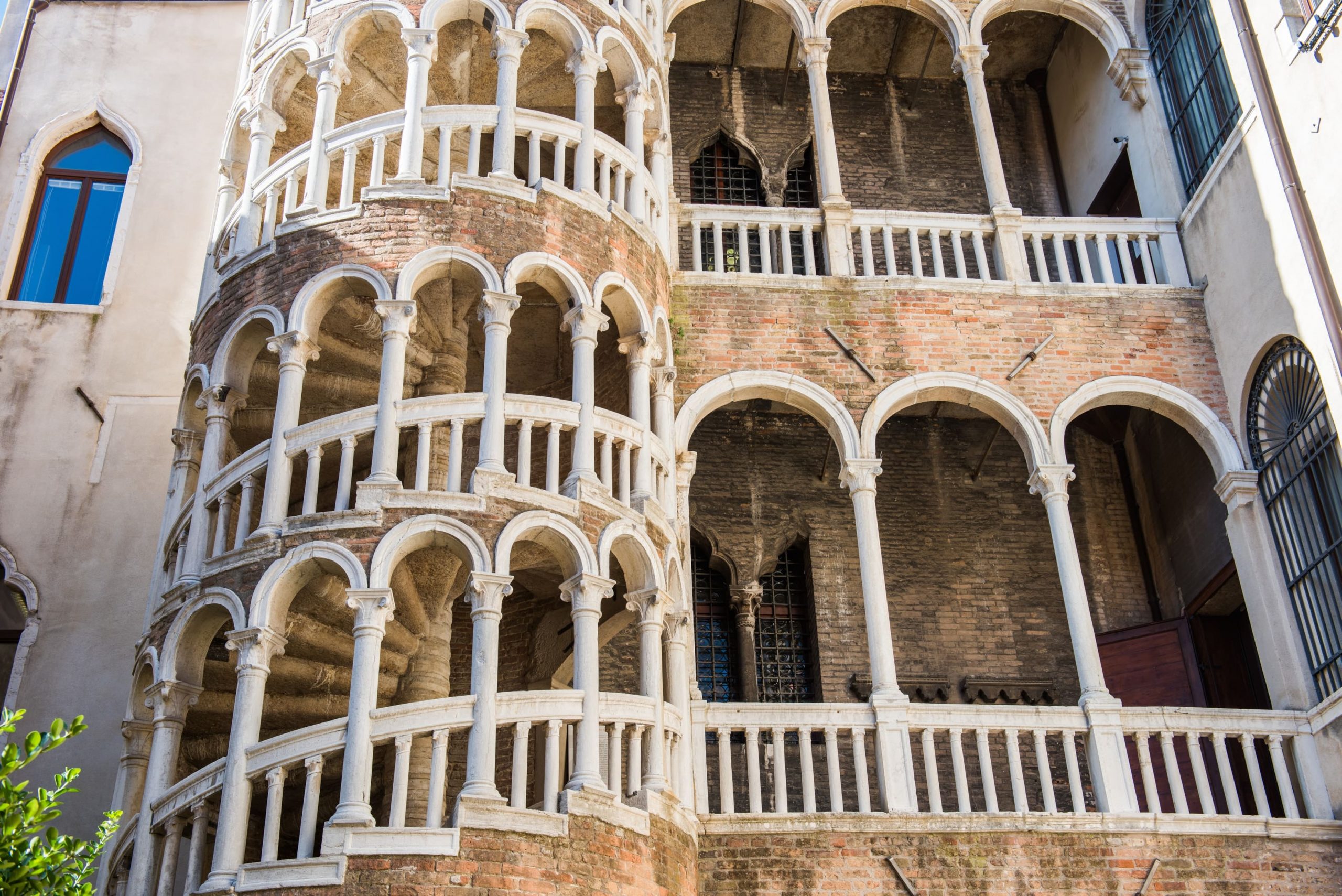
The famous staircase is called the Scala Contarini del Bovolo.
For luxury travellers staying in hotels with rooftop facilities, these spaces become personal sanctuaries for morning espresso, evening aperitivos, or sunset moments away from other tourists. Many hotels design these spaces specifically for guest contemplation and rejuvenation. From these vantage points, you see across to the southern tip of Venice’s main island and beyond.
Practical Travel Essentials
Unlike other cities, Venice requires different navigation. There are no roads or traditional street addresses.
Walking: Approximately 90% of Venice is accessible on foot. Invest in comfortable, water-resistant walking shoes. Download offline maps before arriving. Google Maps works, but specialised apps like CityMaps2Go provide clearer canal-based navigation. Learn basic terms: calle (street), rio (canal), campi (square), fondamenta (waterside path). Walking forces you to slow down and notice details you’d miss otherwise.
Vaporetto: The water bus system is reliable and economical. Purchase passes—24, 48, or 72-hour passes are more economical than individual tickets. Main lines traverse major routes. Apps like Citymapper provide real-time scheduling. Most vaporetto stops have helpful signage; the San Zaccaria vaporetto stop is particularly central for accessing St Mark’s Square and the surrounding attractions. The vaporetto stop system helps you navigate between major districts efficiently.
Water Taxi: Water taxis are expensive (€15-30 per journey plus charges) but sometimes necessary—arriving with luggage, travelling late, or seeking direct transport. Negotiate fees before boarding. While expensive, water taxis can sometimes offer the most practical option, depending on the circumstances.
Strategic Approach: Study maps before exploring daily. Give yourself permission to get slightly lost—sometimes the best moments happen in unexpected corners. Getting lost in Venice, although occasionally frustrating, often leads to discovering hidden gems that most tourists never find.
Guided Tours & Walking Tours
Walking tours offer curated routes and expert context. Group guided tours cost €20-40 per person (2-3 hours); private guided tours cost €150-300 per day. Choose guides affiliated with official tourism boards. Many guides offer specialised walking tours focused on art, history, culinary traditions, or specific neighbourhoods.
Self-guided exploration offers flexibility and spontaneity. Armed with a good map and Google Maps, you discover unexpected corners at your own pace. Free downloadable guides exist online covering specific themes, such as Renaissance architecture, hidden gardens, and Venetian cuisine. The advantage of self-guided exploration is that you can linger where interests you and skip what doesn’t.
When to Visit Venice: Beyond Peak Tourist Season
Peak tourist season brings crowds, heat, and premium pricing. If visiting during peak tourist season, plan activities for early morning (7-9 AM) or late evening (5-8 PM) when other tourists are thin.
Easter and Christmas see significant increases. Reserve accommodations 3-6 months in advance for peak times. Book major attractions online for timed entry—this ensures seamless access and minimises queue time.
Train Station & Arriving: Upon arrival at Venice train station, purchase your vaporetto pass immediately. This sets you up for seamless navigation throughout your trip. From the train station, you can take vaporetto line 1 down the Grand Canal to explore the city, or use water taxis if arriving with significant luggage.
F.A.Qs
What to Do in Venice for First Timers?
Start with iconic landmarks: visit the Basilica San Marco, climb the Campanile of Mark’s Square for panoramic views, walk across the Rialto Bridge, and explore the Doge’s Palace. Take a vaporetto down the Grand Canal to gain an understanding of the city’s geography. Enjoy cicchetti at local bars, wander quiet neighbourhoods like San Polo and Cannaregio, and take a gondola ride for an intimate experience. Consider a day trip to Murano or Burano.
What are the must-dos in Venice?
Essential experiences include: admiring golden mosaics and Saint Mark’s final resting place at Basilica San Marco, viewing amazing vistas from Mark’s Campanile, crossing the Rialto Bridge and exploring its markets, touring Doge’s Palace and the Bridge of Sighs, taking a vaporetto ride on the Grand Canal, visiting the Peggy Guggenheim Collection for modern art, experiencing the Basilica dei Santi Giovanni’s artistic treasures, and dining on fresh seafood. Don’t miss exploring hidden gems in quieter neighbourhoods and enjoying canalside cafés.
Is 2 Days Enough for Venice?
Two days allow you to experience essential landmarks, but you feel rushed. However, two days don’t allow appreciation of quiet corners, leisurely meals, or relaxed wandering. Three to four days enables a more balanced experience combining iconic sights with authentic discovery. Off-season visits maximise two days since crowds thin, making sightseeing more efficient.
Is Venice a Walkable City?
Yes, approximately 90% of Venice is accessible on foot. The floating city’s small size and pedestrian-only streets make walking the primary mode of navigation. Invest in comfortable, water-resistant shoes since wet streets are common. Download Google Maps offline for navigation. While walkable, Venice’s narrow, winding alleyways mean distances feel longer than maps suggest. Vaporettos efficiently cross longer distances.
Create Your Own Venice Trip
Trust your instincts. Wander unnamed alleyways. Sit longer at that canalside café. Strike up conversations with locals. These unplanned moments often become treasured experiences. Venice is designed for both luxury travellers seeking refined experiences and curious first-time visitors eager to understand this remarkable floating city. By combining trusted guidance with personal discovery, you’ll create memories that transcend typical tourism.
Visit Italy in another place? Check out Designer Journeys guide for your best travel inspiration.
